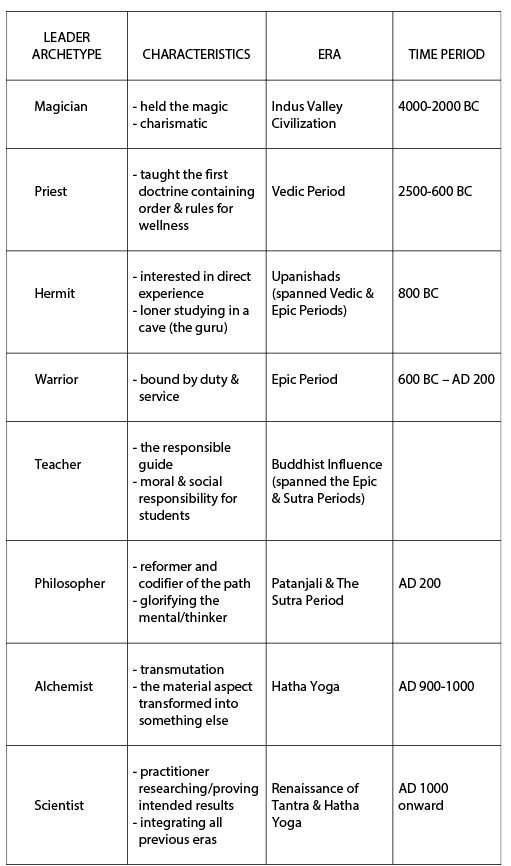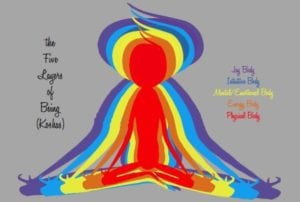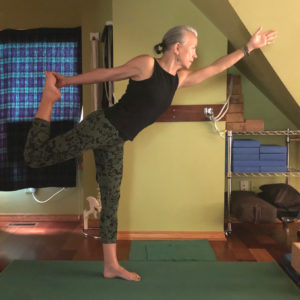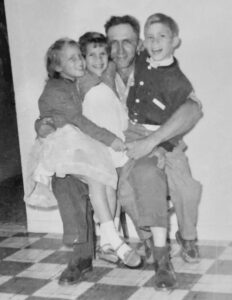Whether personally or in business, January is a month for reflecting on the past and renewing commitments that move us forward on our chosen life paths. Without such reflection, our human tendency is to repeat the mistakes of the past. When we pause to consider what we learn from our past, we evolve new pattern responses in a continuous attempt toward greater fulfillment. This continuous improvement cycle is evidenced in the workflow improvement processes of enterprises, personal training programs for those following physical and athletic conditioning, as well as in many other aspects of our lives.
Our ability to reflect on the past evolved human social behaviour and conditions over the millennia. As an example, even though the daily world news primarily focuses on negative events of crime and conflict, evidence proves both are on the decline. Not unlike the simple developmental model (see below) for learning to walk, we develop new frameworks for making sense of crime and conflict, which subsequently evolve our sense making and response patterns.
Stage Mobility
4 Running
3 Walking
2 Crawling
1 Rolling
0 Static
Developmental Model for Learning to Walk
(adapted from Boydell, Leary, Megginson, & Pedler, 1991)
Relative to the leadership arena, I recently came upon an interesting illustration of our human curiosity and capacity for ongoing development and improvement. In the 4000+/-year lineage of yoga, each of yoga’s historical eras attempted to answer the existential question remaining from the previous era. By participating in this reflective learning process, each era (see table below) evolved a different archetypal leadership to teach the philosophy, principles and practice of the day. In these varied attempts to make sense of human existence, the thought models continually evolved, as did the leaders espousing those thought models.
Developmental Framework of Leader Archetypes
(Source: adapted in part from The Spirit of Yoga by Kathy Phillips and Hatha Yoga Family Tree in Yoga Journal, pg. 106)
In support of this data from the past, contemporary business pundits agree that leadership style has changed and continues to evolve. The “scientific” leadership of today not only seeks the ability to reproduce intended results but also has shifted from an authoritative to a collaborative style of interaction.
So what is an evolved leader as per today’s definition? One definition suggests that evolved leaders care deeply for the people, communities and businesses they serve and are committed to creating sustainable, thriving organizations that reflect and manifest this care. Deep caring implies the ability to listen closely to what is being said and needed for fulfillment to be realized, which is where collaboration enters the picture. Given the amount of civil conflict around the world, collaborative interaction is a developmental path that world leaders, as well as everyone else, need to embrace. Just a reminder from Steve and Jarl: “Challenges always come with their own solutions, but in order to see them you have to be present.”
What challenge is surfacing in your own ability to lead in life? What one step can you take toward greater fulfillment?
Read more on collaboration, present moment awareness and fulfillment here.






